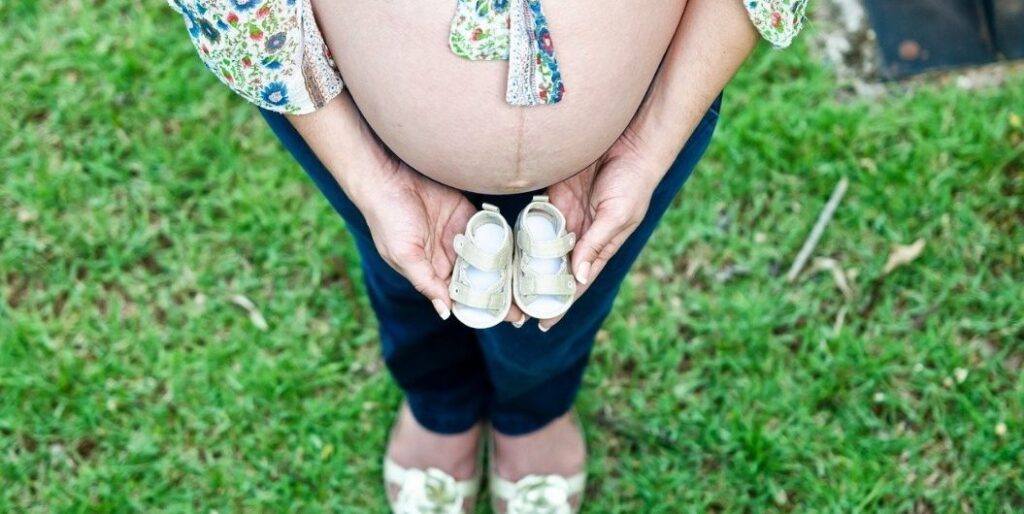What is an Ovulation Predictor Kit?

A woman typically has a small window of time that she can get pregnant every month. Tracking when you ovulate, and are therefore fertile, is the first step in planning to get pregnant. An ovulation predictor kit is an important tool in determining when you will be ovulating, leading many women who are struggling to get pregnant to use this method.
Some women ovulate like clockwork, typically from the 11th to 14th day after their menstrual period begins. Other women have more erratic cycles, ovulating later in the month, or even every other month. Typically, a woman’s cycle is 28 to 32 days long, with ovulation occurring form the 11th to the 21st day. An ovulation predictor kit tests for the presence of luteinizing hormone in your urine (LH) — this hormone typically spikes one to three days prior to ovulation. If the ovulation predictor kit reads this surge in LH, it will give you a positive result.

Starting out, you should have a grasp of what your menstrual cycle is. Since using ovulation predictor kits can get expensive — anywhere from $15 to $70 US Dollars (USD) per month — you need to use them wisely. Typically, you’ll start using the tests about 10 or 11 days after the first day of your period, but you may start later if you have a menstrual cycle longer than the average 28 days. Depending on the manufacturer, you’ll likely use the ovulation predictor kit for six days. Experts advise against using morning urine, as it may have a concentrated amount of LH — test later in the morning or early in the afternoon instead. Be sure to follow the directions of your ovulation predictor kit closely so that you can get the most accurate results. Used correctly, these kits can predict ovulation with a 99% accuracy rate.
Once you get a positive reading — and the results may be displayed differently according to the manufacturer — the optimum time for intercourse is the next three days. Ovulation typically occurs on day three, but since sperm can live in a woman’s reproductive tract for several days, it’s advisable to cover all your bases and have intercourse for two days prior and one day after ovulation.
An ovulation predictor kit isn’t guaranteed, and even though you may have a surge in LH, it doesn’t mean that you will absolutely ovulate. Sometimes, women even have a spike before the real spike in LH. Some fertility drugs such as Clomid may also have an effect on results, skewing them if the ovulation predictor kit is used too soon after using the medication. When used in conjunction with an ovulation calculator and the Basal Body Temperature (BBT) method, an ovulation prediction kit can have you well on your way to parenthood!
